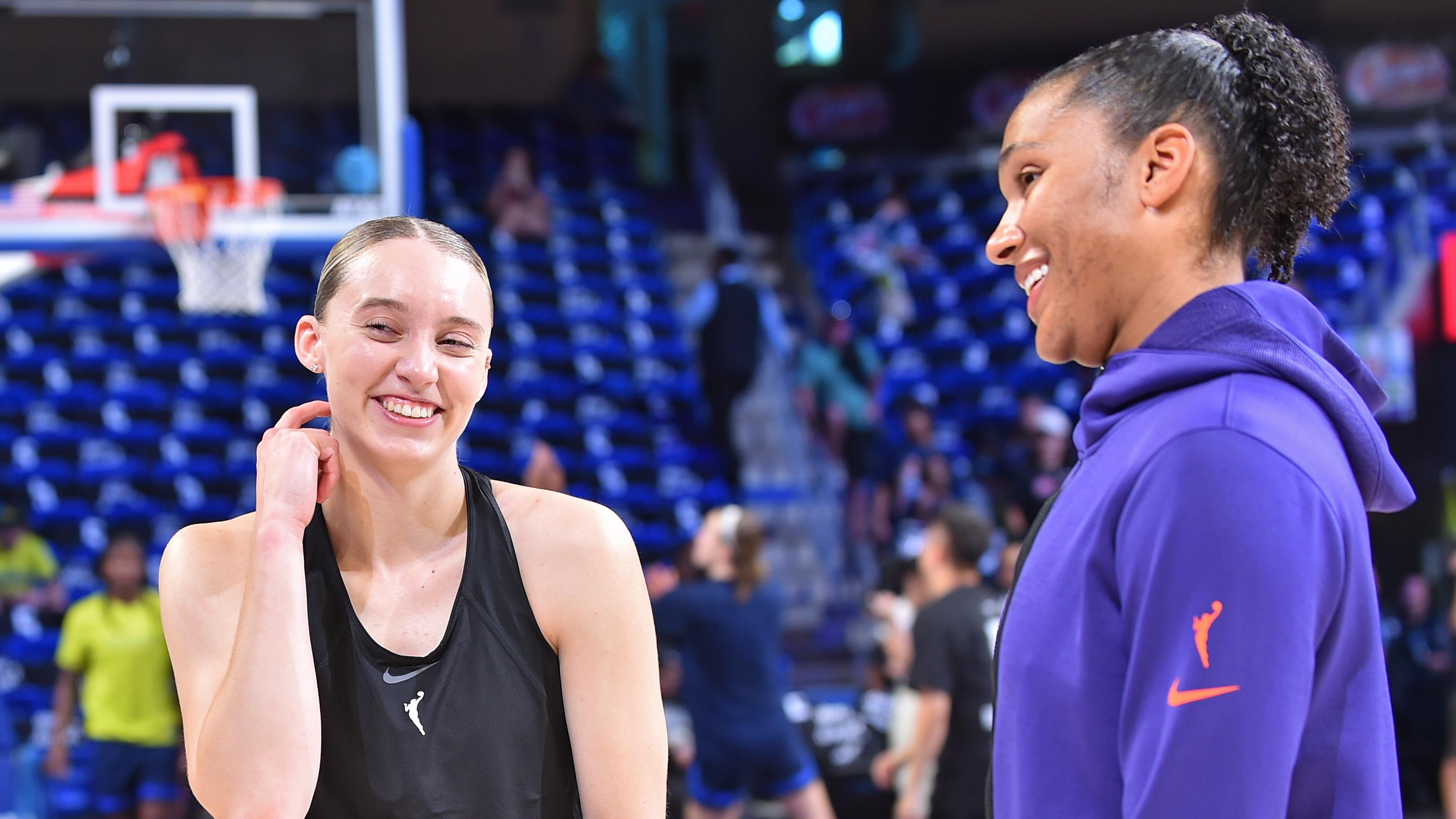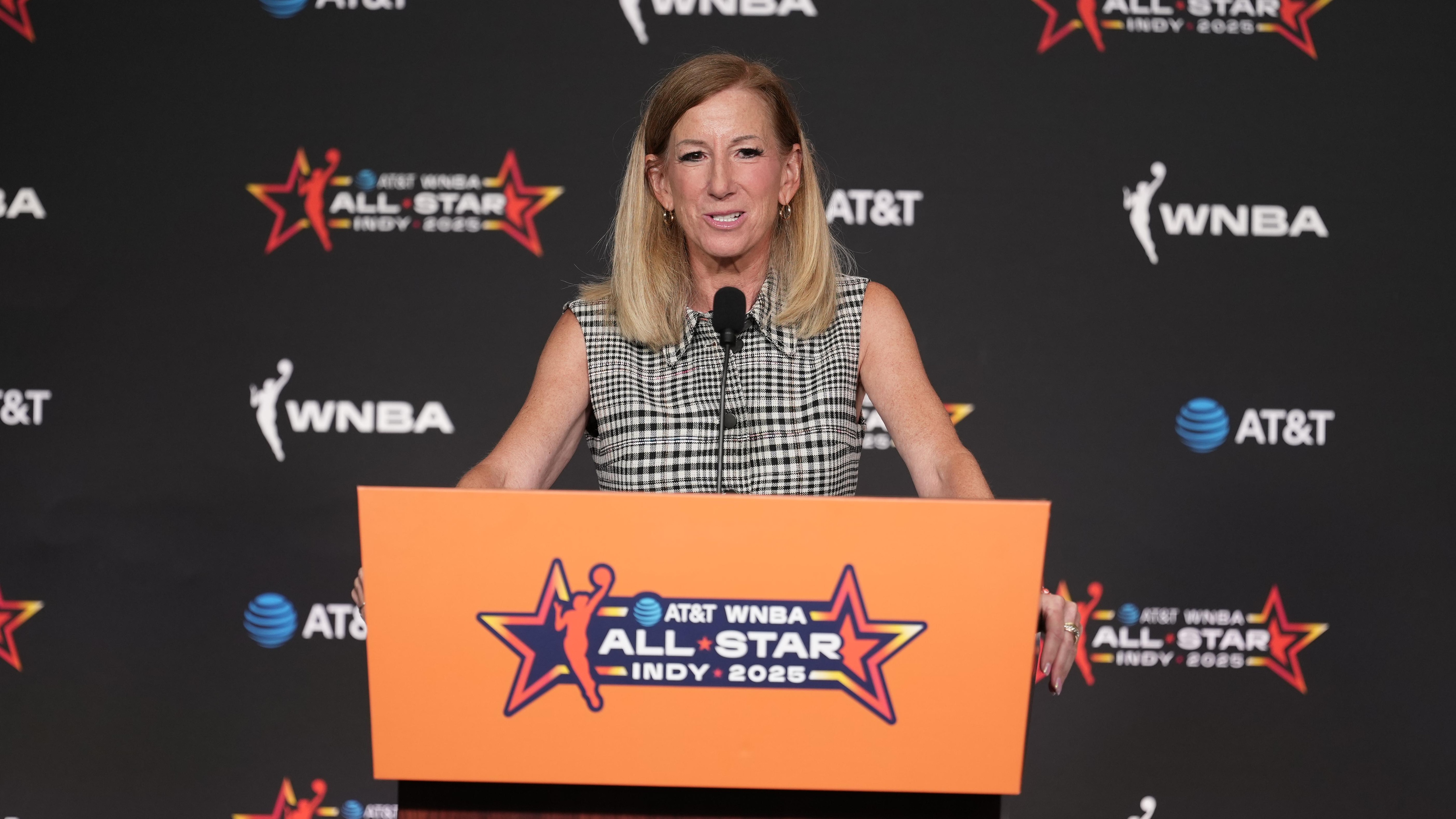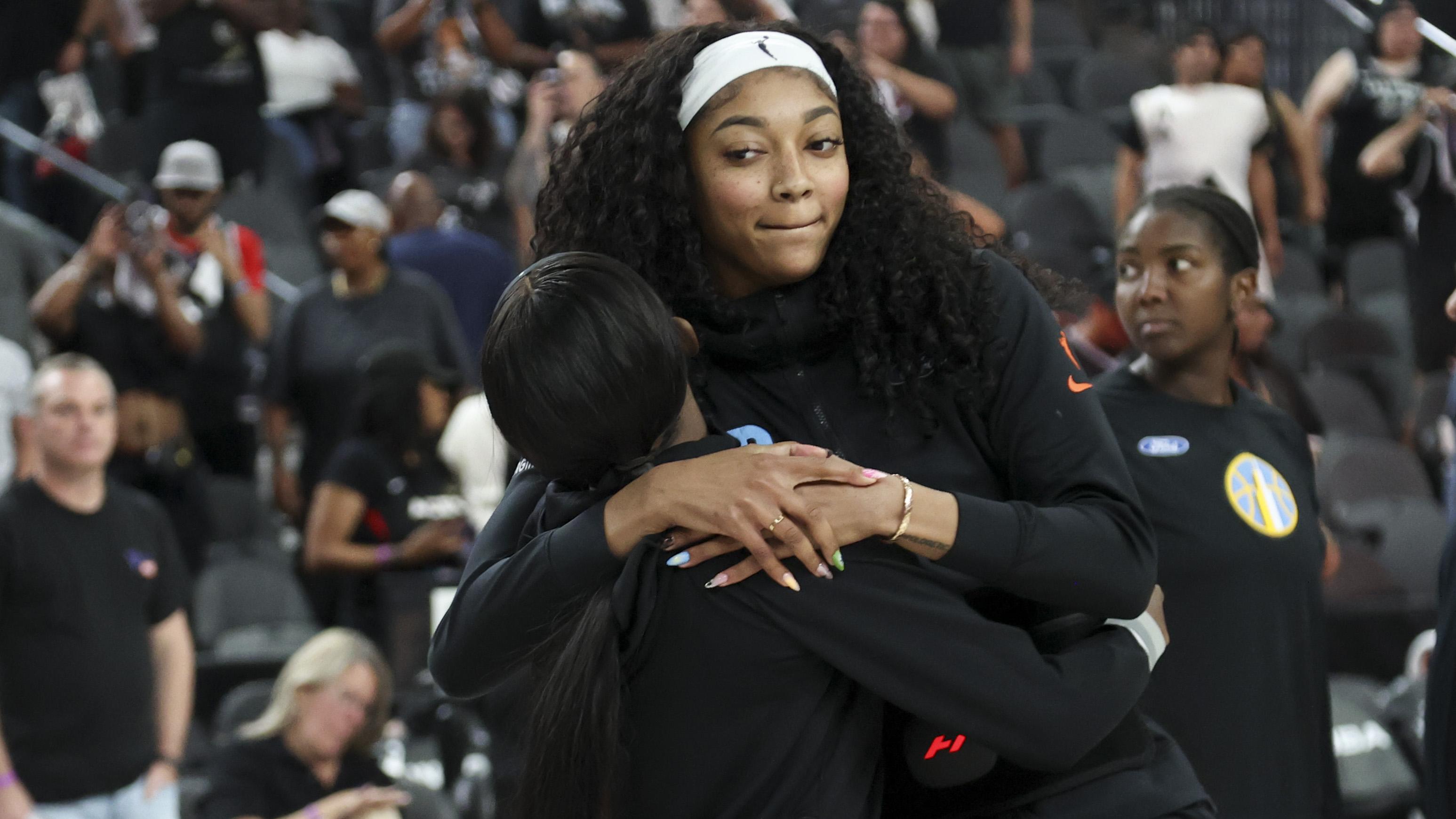
This article is more than
1 year old
The WNBA is booming. Viewership, attendance and franchise values are hitting record highs. TV deals are surging, and teams like the Connecticut Sun could sell for over $300 million.
Despite these successes, both the WNBA and the players' union have opted out of the current collective bargaining agreement, risking a potential lockout after October 31, 2025.
So, what do the players truly want? It's more complicated than simply asking for "NBA-level" salaries.

Comparing NBA and WNBA salaries is hardly a 1:1 conversation.
The WNBA's superstars are growing in popularity, but the WNBA's revenue is around 2 percent of the NBA's. Additionally, multiple sources suggest that the various costs to run the WNBA are 3-5 times higher than those incurred by the NBA for similar services, such as staff, facilities and travel.
As the WNBA continues to grow, those costs should level out. Still, it's often used as part of the argument to explain why WNBA players collectively earn about 9.4 percent of the WNBA's revenue, while NBA players split roughly 50 percent of the NBA's revenue.
The salary cap for each WNBA team, which isn't explicitly tied to the arbitrary 9.4 percent figure, is set at $1.5 million. That's a much smaller pie than the NBA's current $154.6 million salary cap.
Here are some notable contract values:
What Might Change in 2026?

Thanks to rising broadcast deals, attendance and league expansion, WNBA revenue could soon reach $350 million. If current trends continue, here's what could happen based on current rules:
The heart of the matter for the players is getting a true split of income that gradually approaches the NBA's even split.
If WNBA players can negotiate a moderate rise to 12-12.5 percent of the league's revenue starting in 2026, salaries would climb to the following based on the $350 million revenue projection:
That's still far off from the NBA split, but it would be an important step.
A Roadmap for Long-Term Growth

WNBA players jumping to a roughly 50/50 revenue split with owners like the NBA isn't realistic. WNBA operating costs are higher, and the business isn't as mature. Still, the players have captured the public's imagination like never before and are the driving force behind the skyrocketing franchise valuations.
A new deal could contain realistic, good-faith guardrails on the revenue split in case league growth slows significantly. What happens next will be at the bargaining table for yet another CBA.
Something like this framework could be a practical compromise:
Equity, Ownership Stake and the Bigger Picture

NBA and WNBA players alike may aspire to earn a stake in team ownership, but that's currently not on the table in either league. Running a franchise entails significant investment and liability.
Owners continue to buy WNBA teams at record prices, betting on the league's future. Although the WNBA isn't profitable yet, investors believe it can eventually generate 1 billion dollars per year. Reasonable operating losses may be the price of entry until the league reaches critical mass.
The ultimate goal for the upcoming negotiations? A fair and sustainable share for the players while making teams increasingly healthy investments so that both sides can make the most of the WNBA's surge in popularity.
Email Eric Pincus at eric.pincus@gmail.com and follow him on X/Twitter @EricPincus.